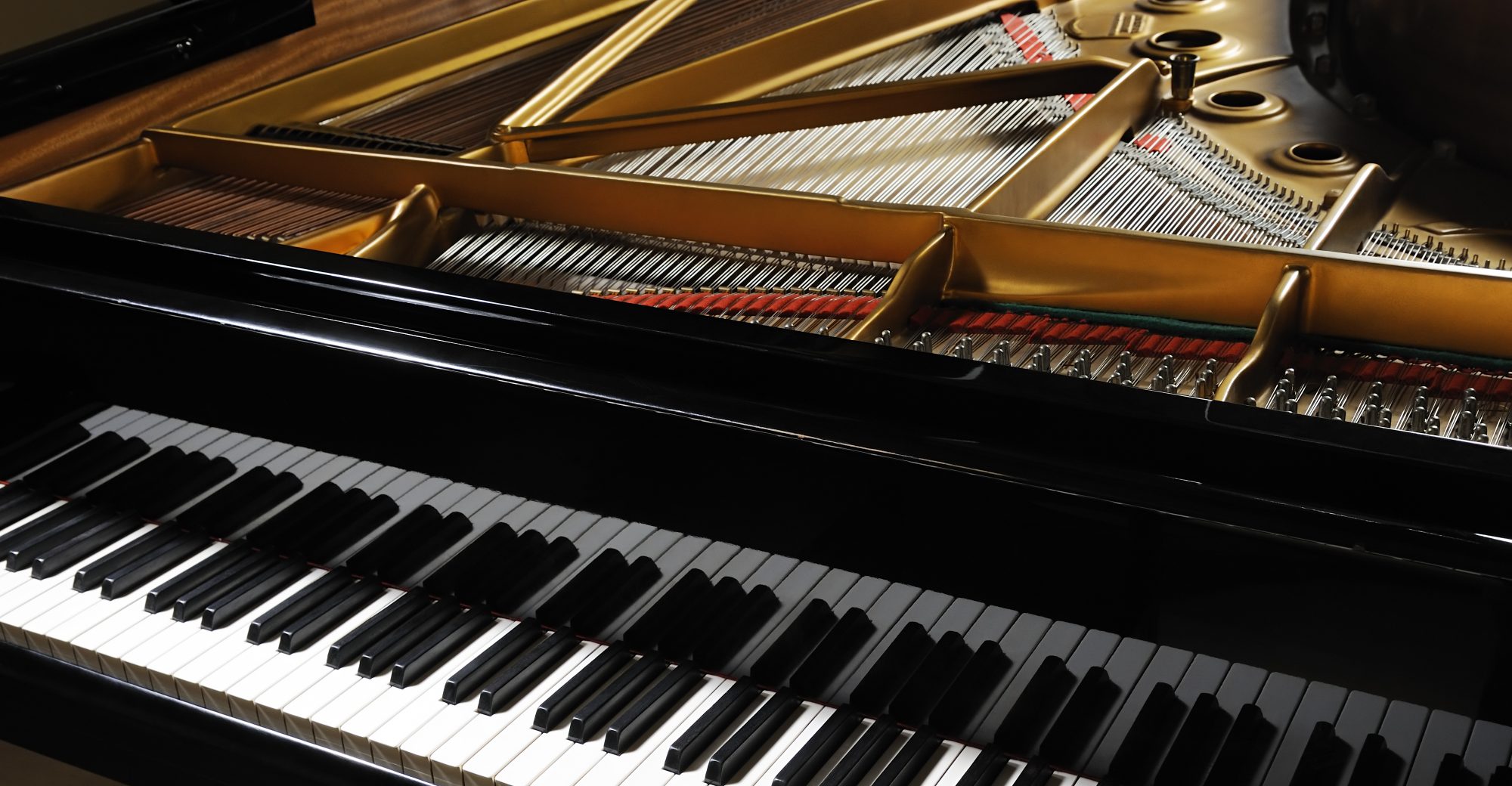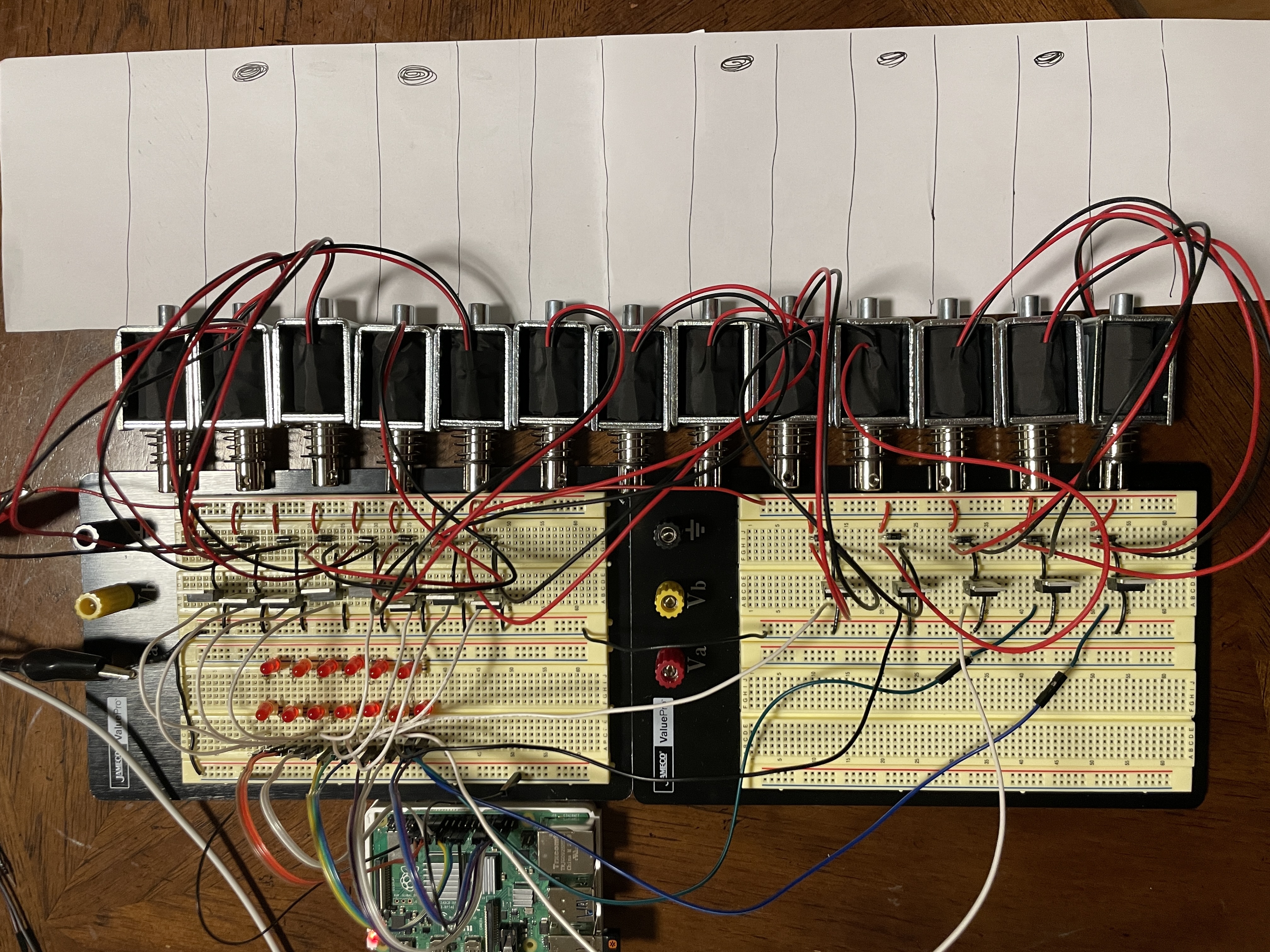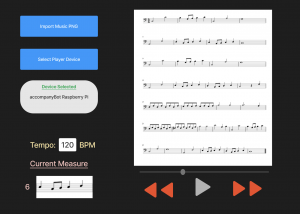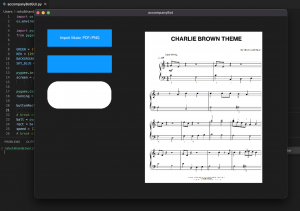This week I was able to take measurements of the piano we will be using for the final demo. This allowed me to finalize some measurements for the final chassis design. The spacing of the full octave is about 6 cm, the width of one white key is 2.1 cm, the width of a black key is 1 cm, and the distance between the black keys is a maximum of 2 cm and a minimum of 1.7 cm. This will introduce some design constraints since the width of the solenoid is a few millimeters larger than the width of the white keys. This has caused me to rethink the design of the chassis. We may need to alternate sides of the chassis that the solenoids are screwed in to account for the extra space they need. I was able to get a rough sketch of the new design but was not able to complete it since I did not measure the keys until the end of the week. It should not be too much of a setback, but it does introduce some design constraints that previously were not considered.
I would have liked to get a better idea of what the chassis will look like with these new measurements, but I was pressed for time since I did not get them until the end of the week. In an ideal world, I would have also gotten a Solidworks rendering up by the end of the week, but I did not have enough time to log in to a CMU machine and play around on Solidworks. I am not far behind on my Gantt chart schedule, but I would have liked to be a little farther ahead of me now.
After my two exams this week, I would like to get a Solidworks rendering prepared and looked at by my teammates before sending it to the 3D printer. I would also like to place an order for the 3D printing filament and try and find some resources on how to 3D print since I have not done it since spring 2020.










